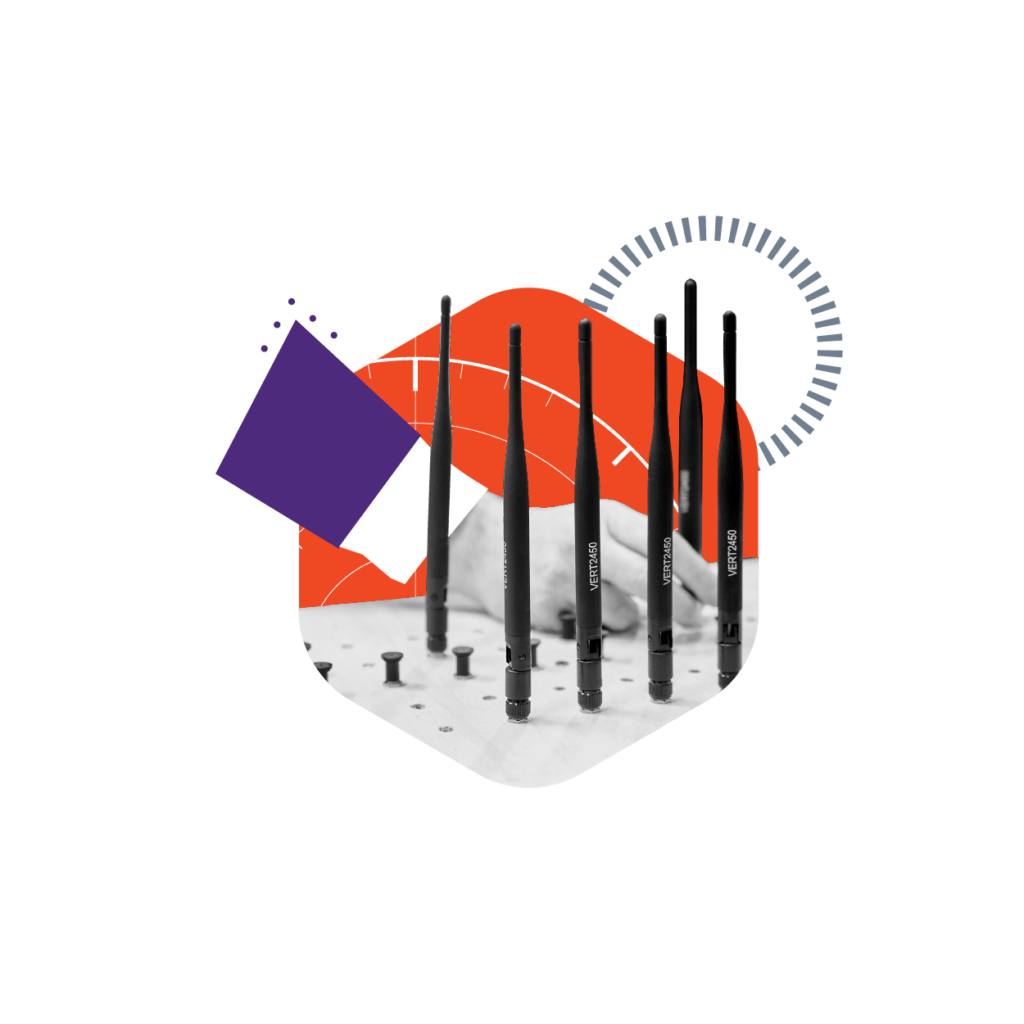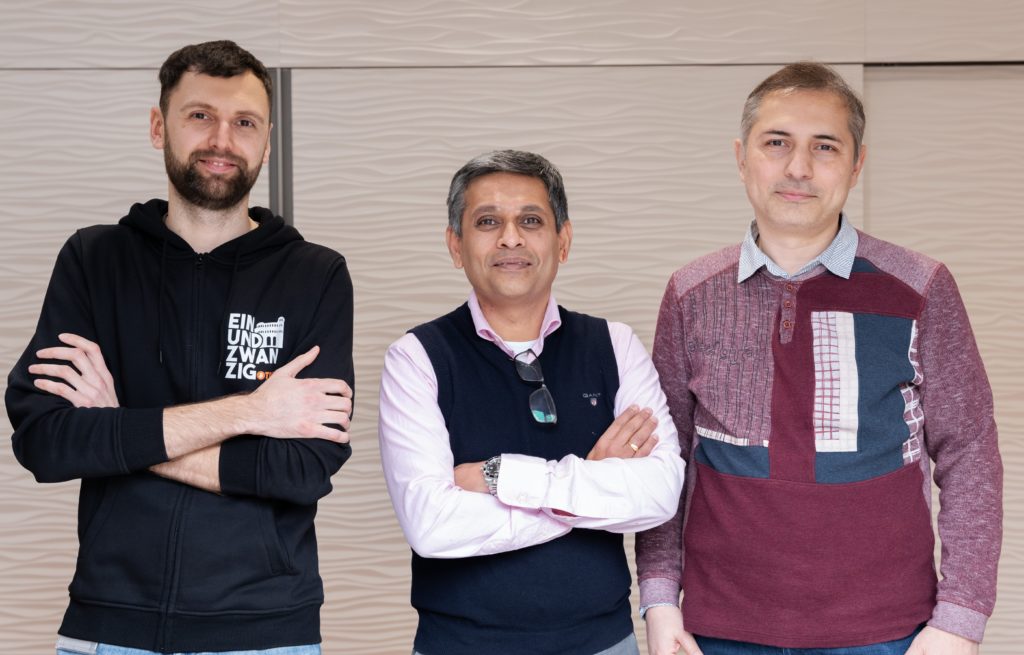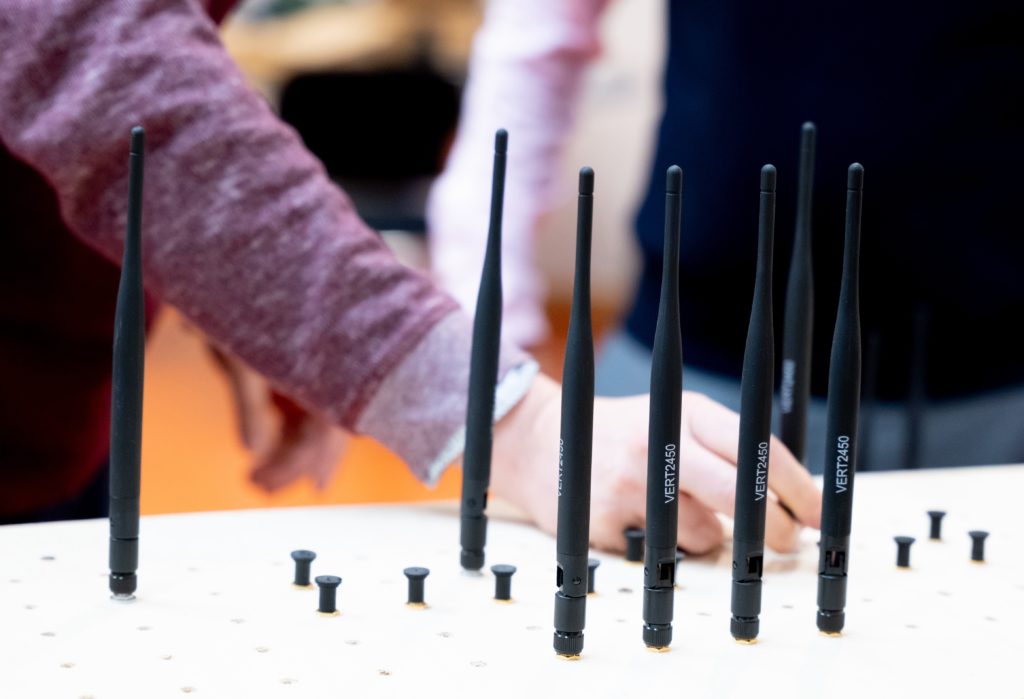Autonomous Vehicles & IoT

At SnT, researchers are exploring the endless possibilities of enabling radar and wireless communications simultaneously. One of the goals is to use radar to improve the health and safety of people at home, at work, and everywhere in between via communications that enable connectivity.

The use of radio frequencies (or spectrum) is ubiquitous in daily life—from radios, to laptops, cellphones and more. Consequently, when it comes to spectrum allocation, the use of radio waves can be contested amongst companies offering various services (e.g., automotive, mobile operators) who vie to secure the greatest possible use of available frequencies within guidelines set by government.
To help ease the potential for a frequency crisis, researchers at SnT’s Signal Processing Applications in Radar and Communications Research Group (SPARC) are testing the ability of radar to operate in combination with standard telecommunications channels. Radar is a diverse technology that has many applications, from aviation to weather monitoring, health care, and more. Led by Prof. Bhavani Shankar, the team is experimenting with methods to allow radar to communicate seamlessly with other entities in its vicinity: “we are essentially asking whether radar and communication can harmoniously co-exist.”
The use of radar in vehicles is already clearly defined. In-car radar sensors are used to pilot features such as adaptive cruise control, autonomous emergency braking, and blind spot detection, for example. It is set to become even more important in the future, as vehicle manufacturers integrate autonomous features into designs of self-driving cars. As technologies develop apace, SnT researchers are better understanding how multiple vehicles might also exchange information in real time, quickly and accurately communicating speed, spatial information, or other critical information. For Shankar, such innovations would lend better use of spectrum for key services and enhance safety across variable conditions given radar’s use of radio waves rather than light to detect objects. And in a country such as Luxembourg—notable for its high-density traffic and poor weather conditions—the technology may very well save lives.
